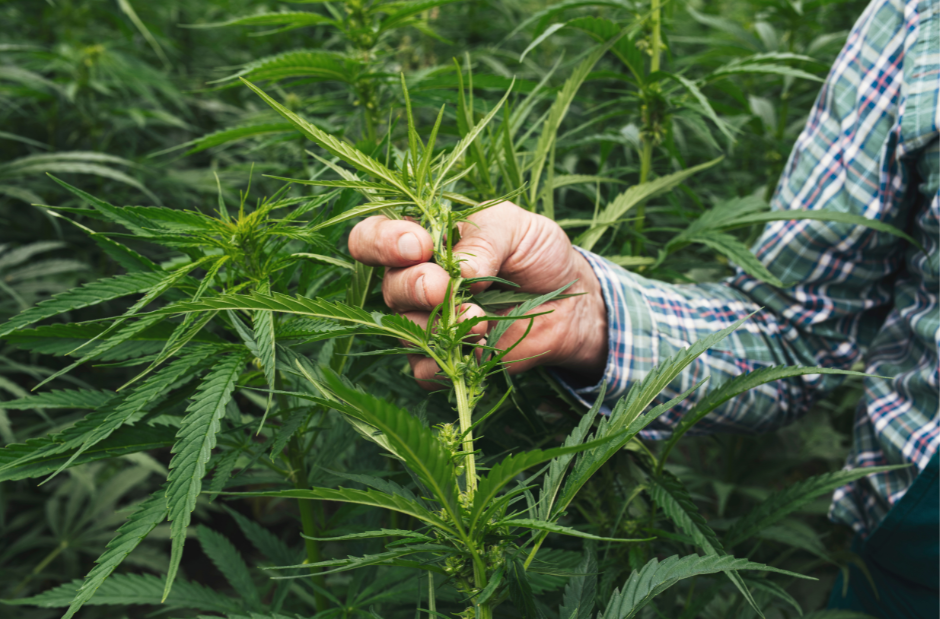Over the past decade, climate change and sustainable farming have become central topics in discussions about our planet’s future. While some people focus on developing renewable energy sources, others emphasize water conservation. In truth, there are countless ways to create a healthier planet for the generations to come. Among them, hemp stands out as a promising solution.
Hemp is a versatile plant with a multitude of applications. Its increased availability has fueled cannabinoid research, benefiting advancements in the medical field. Hemp seeds serve as a rich source of protein and fiber, valuable for both human and animal diets. Additionally, hemp fiber offers a sustainable alternative for paper production and can even be used to build homes.
With these diverse uses, how exactly can hemp contribute to sustainable farming practices and support soil health and restoration?
It All Starts at the Roots
In the 1930s, the United States endured what became known as the Dust Bowl, a devastating event fueled by a combination of poor farming practices and prolonged drought. The soil across much of the nation’s farmland was severely eroded, as farmers plowed over the native prairie grasses and planted dryland wheat. As demand for wheat grew, grazing lands were reduced, and millions of additional acres were cultivated.
This destruction of natural vegetation left the soil exposed and vulnerable to the harsh winds of states like Kansas and Oklahoma. The result was a disastrous series of events that have since been immortalized in American art and literature.
When native plants are displaced, the soil becomes unprotected. However, by employing sustainable farming methods and introducing plants with deep root systems—such as hemp—soil can be reinforced and safeguarded against further erosion.

How Hemp Can Repair Soil
Hemp doesn’t just help prevent soil erosion—it can actively repair damaged soil. The plant absorbs harmful substances like heavy metals, pesticides, and other contaminants, storing them within its structure until harvest.
For instance, a 2020 study published in GCB Bioenergy noted, “A multitude of research has shown that hemp is capable of phytoextraction of heavy metals and radionuclides, with the contaminants being distributed throughout the entire hemp plant in different concentrations.”
Current Research
Recent studies have focused on hemp’s potential in soil restoration. A 2022 study from USDA-ARS Western Regional Research Center in California discovered that industrial hemp is effective at extracting heavy metals from contaminated soil. The study concluded, “Hemp has deep roots and is tolerant to the accumulation of different metals. In addition, the crop biomass has many potential commercial uses after harvesting.”
As hemp legalization has expanded over the last decade, research into soil repair has accelerated. With greater access to seeds and young plants, the opportunities for innovation have increased, pushing the boundaries of what hemp can do for soil health.
The Bottom Line
Hemp offers remarkable potential for both soil repair and preservation. Modern research has unveiled new possibilities, confirming that hemp can extract harmful chemicals from the soil and provide a protective barrier against erosion.
The key challenge moving forward is determining the best use for hemp after it has absorbed contaminants. While many options exist, finding the optimal path forward remains an open question. One thing is clear: the story of hemp’s role in environmental restoration is still unfolding.
